1. Desperate Housewives (2004–2012)
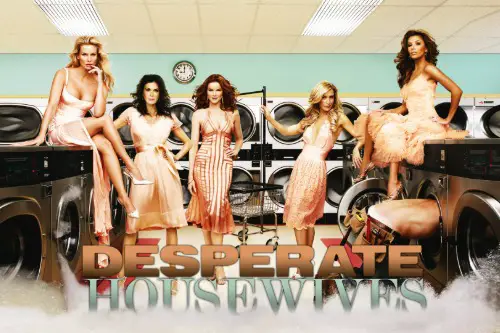
When Desperate Housewives premiered, it was the show everyone was talking about. ABC marketed it as a mix of mystery, satire, and soap opera, and it delivered on all fronts. The first season was an absolute smash, packed with shocking twists, scandalous affairs, and a murder mystery that kept audiences hooked. The cast—Teri Hatcher, Felicity Huffman, Marcia Cross, and Eva Longoria—became household names. It won multiple Golden Globes and Emmys and was so popular that even people who didn’t watch TV knew about Wisteria Lane.
But as time went on, the show struggled to maintain its initial magic. Storylines became more absurd, characters came and went, and the once-clever satire became more of a self-parody. By the time it ended in 2012, the ratings had plummeted, and its cultural footprint had shrunk significantly. Now, while other long-running dramas like Grey’s Anatomy and Breaking Bad are still widely discussed, Desperate Housewives has faded from memory.
2. Heroes (2006–2010)
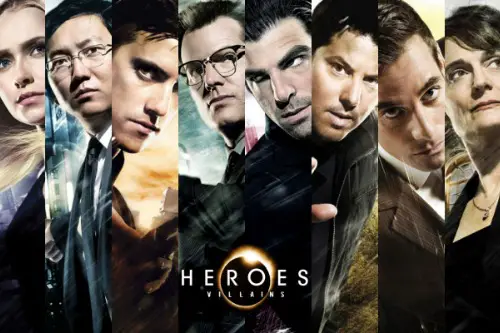
When Heroes premiered, it was a cultural phenomenon. This was the show that made superhero stories cool on network TV, long before the Marvel Cinematic Universe took over everything. It had a massive ensemble cast, a deep mythology, and a killer tagline—“Save the cheerleader, save the world.” The first season was must-see TV, filled with shocking twists, fan theories, and viral moments. People debated Sylar’s motivations, speculated about time-travel paradoxes, and fell in love with Hiro Nakamura’s catchphrase, “Yatta!” It felt like the next Lost, another intricate mystery-driven series that had viewers obsessing over every detail.
And then… it all fell apart. The second season was hurt by the 2007-08 writers’ strike, and the storytelling never recovered. The plotlines became convoluted, the characters made baffling choices, and the once-thrilling mysteries turned into a tangled mess. By the time the series ended in 2010, most viewers had already checked out. NBC attempted a revival with Heroes Reborn in 2015, but it flopped. Now, despite its former popularity, Heroes barely comes up in conversations about great TV.
3. Ally McBeal (1997–2002)
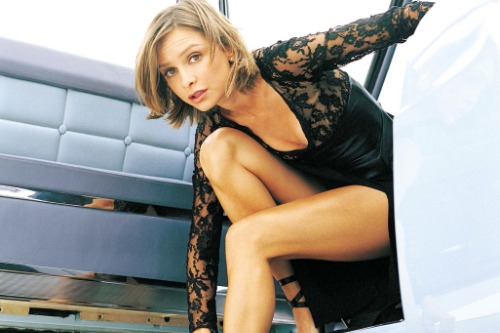
In the late ‘90s, Ally McBeal was one of the biggest shows on television. It wasn’t just a legal drama—it was a quirky, surreal, genre-bending series that blended comedy, romance, and fantasy sequences in a way that felt fresh and innovative. Calista Flockhart’s Ally was a neurotic, love-struck lawyer navigating a chaotic workplace and an even messier personal life. The show’s blend of offbeat humor and deep emotional moments made it a critical and commercial success, and it even won the Emmy for Outstanding Comedy Series in 1999. It also popularized the idea of the “watercooler moment,” with people at work constantly talking about Ally’s dancing baby hallucination or her ever-complicated love life.
But unlike some other legal dramas, Ally McBeal didn’t have the staying power of, say, The Practice or Law & Order. Its gender politics, once seen as progressive, now feel dated, and its whimsical tone isn’t what modern audiences expect from legal shows. The series never got a high-profile reboot, and it’s rarely mentioned in discussions about iconic TV comedies. Once a massive part of pop culture, it’s now just a nostalgic footnote of the late ‘90s.
4. Sliders (1995–2000)
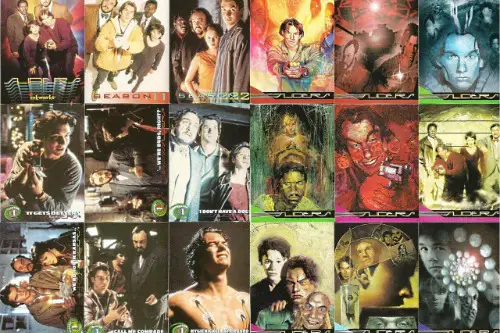
Back in the ‘90s, Sliders had one of the coolest sci-fi premises on TV. A group of travelers “slid” between parallel universes, experiencing alternate versions of Earth where history had played out differently. One world was ruled by the British Empire, another by intelligent dinosaurs. The possibilities were endless, and the show had a fun mix of adventure, humor, and deep philosophical questions. Jerry O’Connell’s Quinn Mallory was the likable genius leading the group, and the series had a strong cult following.
But behind the scenes, it was a mess. The network kept interfering with the creative direction, cast members were replaced, and by the time the show moved to the Sci-Fi Channel, it barely resembled its original concept. The writing got sloppy, budgets got slashed, and by the end, it was limping to the finish line. Today, Sliders is almost never brought up, even in conversations about classic sci-fi.
5. Northern Exposure (1990–1995)
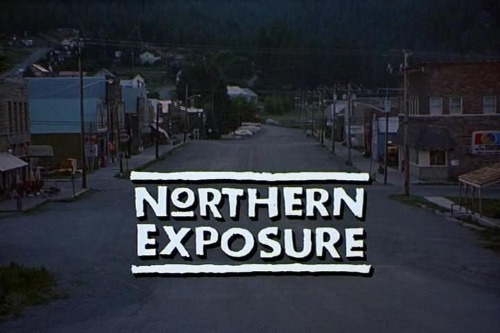
At its peak, Northern Exposure was a massive hit. A quirky dramedy about a New York doctor forced to work in a remote Alaskan town, it had a charm that made it stand out. The show mixed whimsical humor with deep philosophical discussions, and its eccentric cast of characters made Cicely, Alaska, feel like a real place. It won multiple Emmy Awards, including Outstanding Drama Series, and was often compared to Twin Peaks for its surreal but grounded storytelling.
Yet, despite its success, Northern Exposure vanished from pop culture faster than most ‘90s hits. Part of the problem was that it never got a proper streaming release, making it difficult for newer audiences to discover it. Also, its slower, more introspective storytelling doesn’t align with modern binge-watching habits. Unless you were a fan in the ‘90s, you’ve probably never even heard of it.
6. The OC (2003–2007)
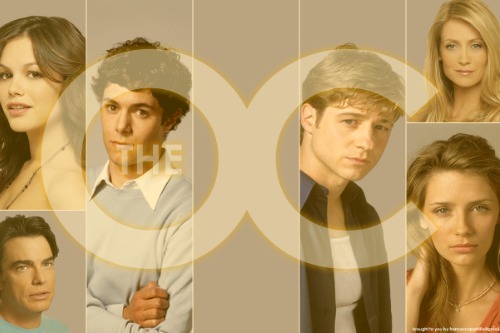
The OC was one of the defining teen dramas of the early 2000s. The show, which followed Ryan Atwood, a troubled teen from Chino, as he navigated the wealth, drama, and privilege of Orange County, captured the attention of a generation. It introduced viewers to the “Newport Beach” lifestyle, and its sharp mix of family dynamics, teen angst, and romance made it a guilty pleasure for millions. The catchy theme song by The Killers, “California,” and its ensemble cast—led by Ben McKenzie, Mischa Barton, and Rachel Bilson—became iconic.
However, like many teen dramas, it eventually began to lose its grip. The plotlines got more outlandish, characters made questionable decisions, and after the departure of key cast members like Mischa Barton, it was never quite the same. By the time it wrapped in 2007, The OC had lost much of its cultural relevance. Today, it’s mostly remembered as a nostalgic relic of the mid-2000s, often brought up in “remember when” conversations about TV shows that made us feel all the emotions, but not much more.
7. The Secret Life of the American Teenager (2008–2013)
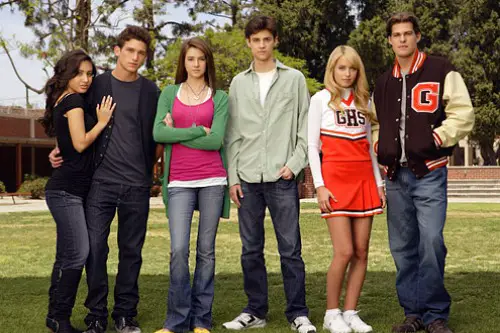
Aimed squarely at the teenage demographic, The Secret Life of the American Teenager was a sensation when it first aired. The show, which dealt with the drama surrounding a teenage girl who gets pregnant, captured the essence of what it was like to face intense life decisions at a young age. Shailene Woodley’s breakout role as Amy ended up attracting a huge audience, and the show’s mature themes and melodramatic moments made it a must-watch for teens. It was one of the top-rated shows for its target audience, and discussions around teenage pregnancy and relationships sparked conversations across schools and living rooms.
But, like so many teen dramas, it became a bit too melodramatic for its own good. The storylines stretched far beyond the original premise, focusing on a wide range of love triangles, family conflicts, and high-stakes teen drama that got harder to follow as the seasons went on. By the time it ended, it had already been largely forgotten by those who once made it a hit. While it still holds some nostalgia for fans who grew up with it, The Secret Life of the American Teenager hasn’t made its way into broader cultural discussions like some of its peers.
8. Pushing Daisies (2007–2009)
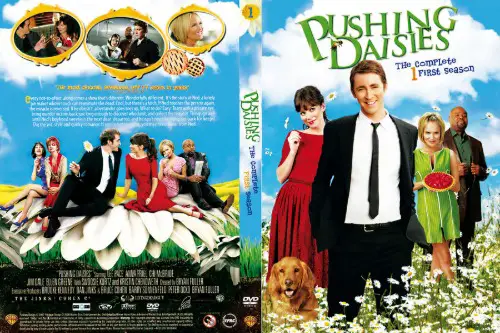
Pushing Daisies was one of those shows that felt like it had everything going for it—quirky characters, whimsical visuals, and a truly unique concept. The show revolved around Ned, a pie maker with the ability to bring the dead back to life—although he can only keep them alive for a minute, or someone else will die in their place. With a pastel-colored, fairy-tale-like atmosphere and a creative narrative, it was beloved by critics and fans alike. It was charming, clever, and visually stunning. Lee Pace, Anna Friel, and Kristin Chenoweth formed a standout cast that elevated the show’s quirky brilliance.
Unfortunately, Pushing Daisies was too ahead of its time. Its offbeat tone, combined with a premise that could only stretch so far, meant that it had a short-lived run. Despite winning multiple awards and receiving critical praise, the show was cancelled after two seasons. Today, it’s more of a cult classic than anything else, often mentioned in lists of great TV shows that never got their due. If you weren’t watching it when it aired, you probably didn’t even know it existed.
9. The Middle (2009–2018)
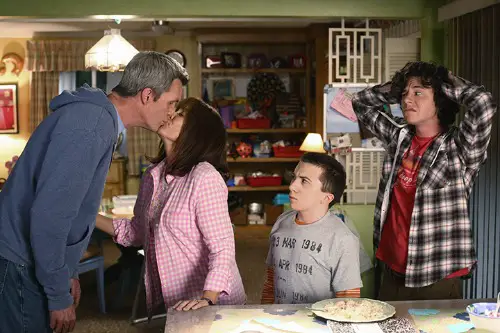
For nine seasons, The Middle was a steady, low-key hit for ABC. The show followed the Heck family, led by Patricia Heaton and Neil Flynn, as they navigated the ups and downs of middle-class suburban life. The series was beloved for its relatable portrayal of a family just trying to survive the chaos of everyday life—juggling work, school, and the constant struggle to stay afloat financially. It wasn’t groundbreaking, but it had heart and humor in spades. The Middle flew under the radar for much of its run, but it quietly earned a loyal fanbase and wrapped up with a respectable legacy.
The show’s biggest issue, however, was that it never reached the heights of other family sitcoms, like Modern Family or The Goldbergs, both of which gained more attention. Its ratings were solid but not spectacular, and as time has passed, it seems to have been swept under the rug in favor of other hit shows. The Middle remains one of those shows that you might remember fondly if you watched it, but it’s not often mentioned in the same breath as some of the iconic sitcoms from its era.
10. Community (2009–2015)
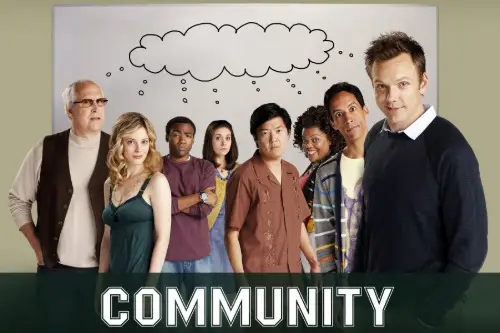
Community had a strange and complicated life. Initially, it struggled in the ratings, often overshadowed by other sitcoms. Yet, it built a passionate fanbase due to its meta-humor, pop culture references, and ability to completely subvert traditional sitcom tropes. The show followed a group of students at a community college, each of whom had a different, often hilarious, backstory. The brilliant writing, anchored by Dan Harmon, and the ensemble cast—including Joel McHale, Chevy Chase, and Alison Brie—earned it both critical acclaim and a cult following.
However, Community faced issues from the start, including cast turnover, network interference, and Harmon’s eventual departure. It survived on fan loyalty, but by the time it wrapped in 2015, the show had drifted into the realm of “too quirky to be mainstream.” The show is still adored by those who watched it but is often overlooked by newer TV audiences, as it’s never fully made its way onto popular streaming platforms like Netflix. While it’s mentioned occasionally in “underrated TV” lists, Community has mostly faded from mainstream conversation.
11. My So-Called Life (1994–1995)
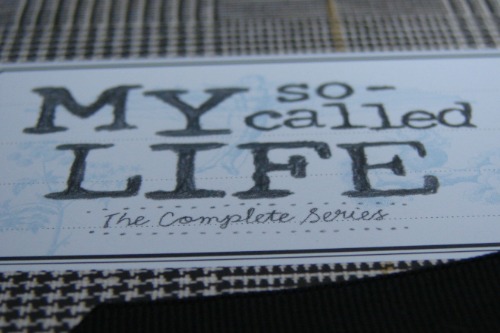
Before Glee, My So-Called Life captured the complexities of teenage life like no other show. Starring Claire Danes as Angela Chase, the show explored the ups and downs of high school, friendships, and relationships in an authentic, emotional way. It had a groundbreaking portrayal of adolescent angst, and Danes’ performance became iconic, earning her a Golden Globe. The show’s depiction of teenage life was raw, unfiltered, and relatable, making it a touchstone for ‘90s teens.
Unfortunately, My So-Called Life only lasted one season, but its impact far outlived its short run. Despite critical acclaim, the show didn’t attract enough viewers to survive, and it was canceled before it could fully develop. It’s now a cult favorite, often mentioned as one of TV’s greatest “what could have been” shows. The tragic irony is that despite its revolutionary influence, it barely got the chance to grow. It’s now more remembered for its legacy than its actual presence in the cultural zeitgeist.
12. Freaks and Geeks (1999–2000)
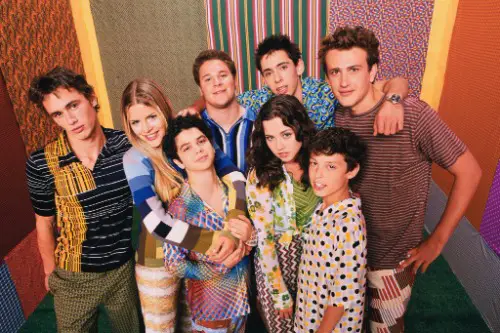
No list about forgotten TV shows would be complete without Freaks and Geeks. A cult classic before it was even cancelled, this show was a love letter to high school awkwardness and teenage rebellion. Set in a Michigan suburb in the 1980s, Freaks and Geeks followed a group of high school students who were out of place in their own world—whether they were the geeky misfits or the rebellious “freaks.” The series starred a young James Franco, Seth Rogen, Jason Segel, and Linda Cardellini, all of whom would go on to have major careers in Hollywood. Its writing, humor, and raw portrayal of teenage life resonated with audiences who felt similarly out of step with the world around them.
But despite the critical acclaim, Freaks and Geeks was a commercial failure. It struggled in the ratings, and NBC pulled the plug after just one season. For years, it was an under-the-radar gem, often cited in discussions about shows that were too smart for mainstream TV at the time. Now, Freaks and Geeks has achieved legendary status—almost everyone who loves TV eventually hears about it. However, its original impact, during its brief run, was overshadowed by its untimely cancellation. Freaks and Geeks remains a reminder that some of the most brilliant shows are the ones that get overlooked during their prime, only to be rediscovered by future generations.


